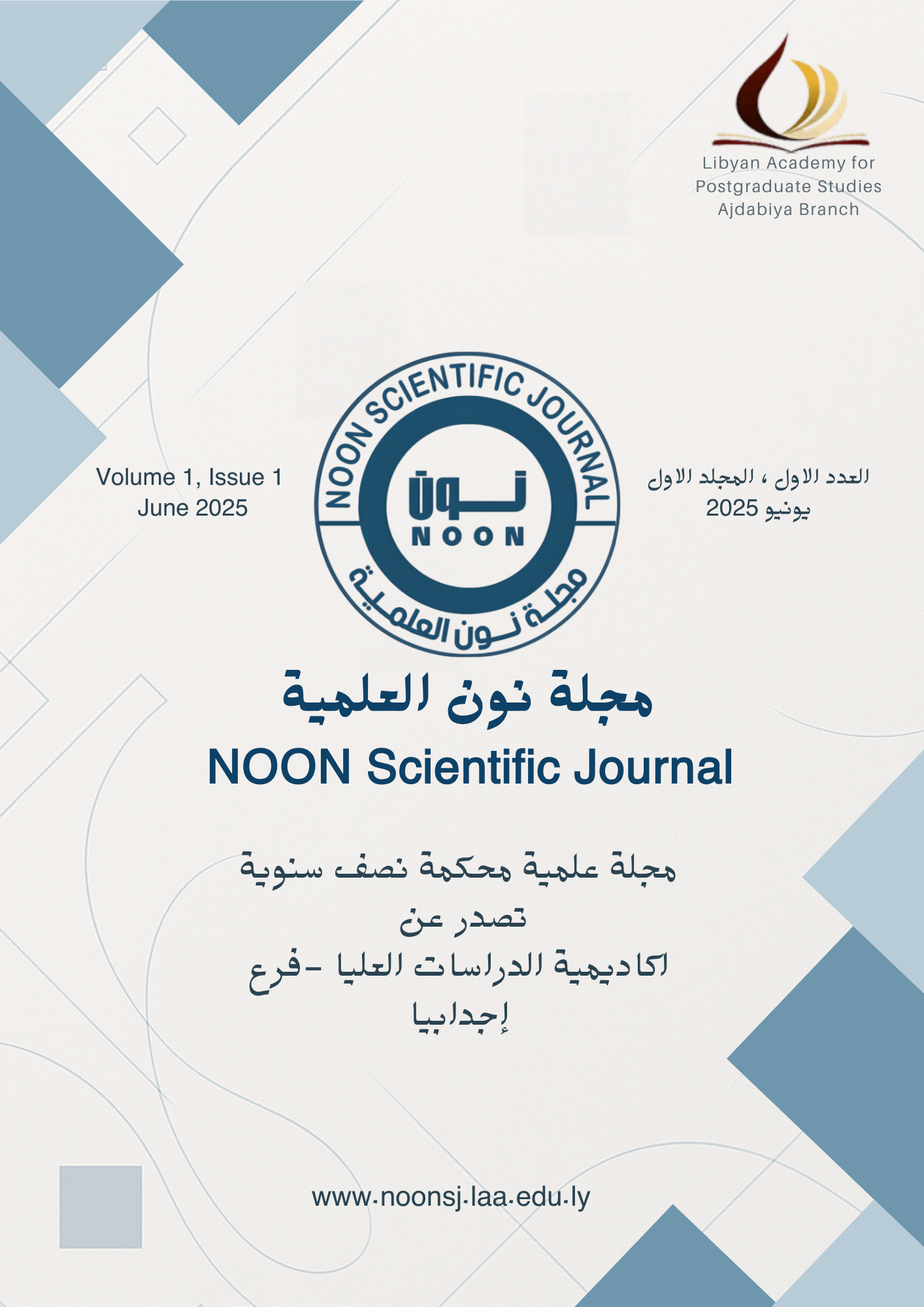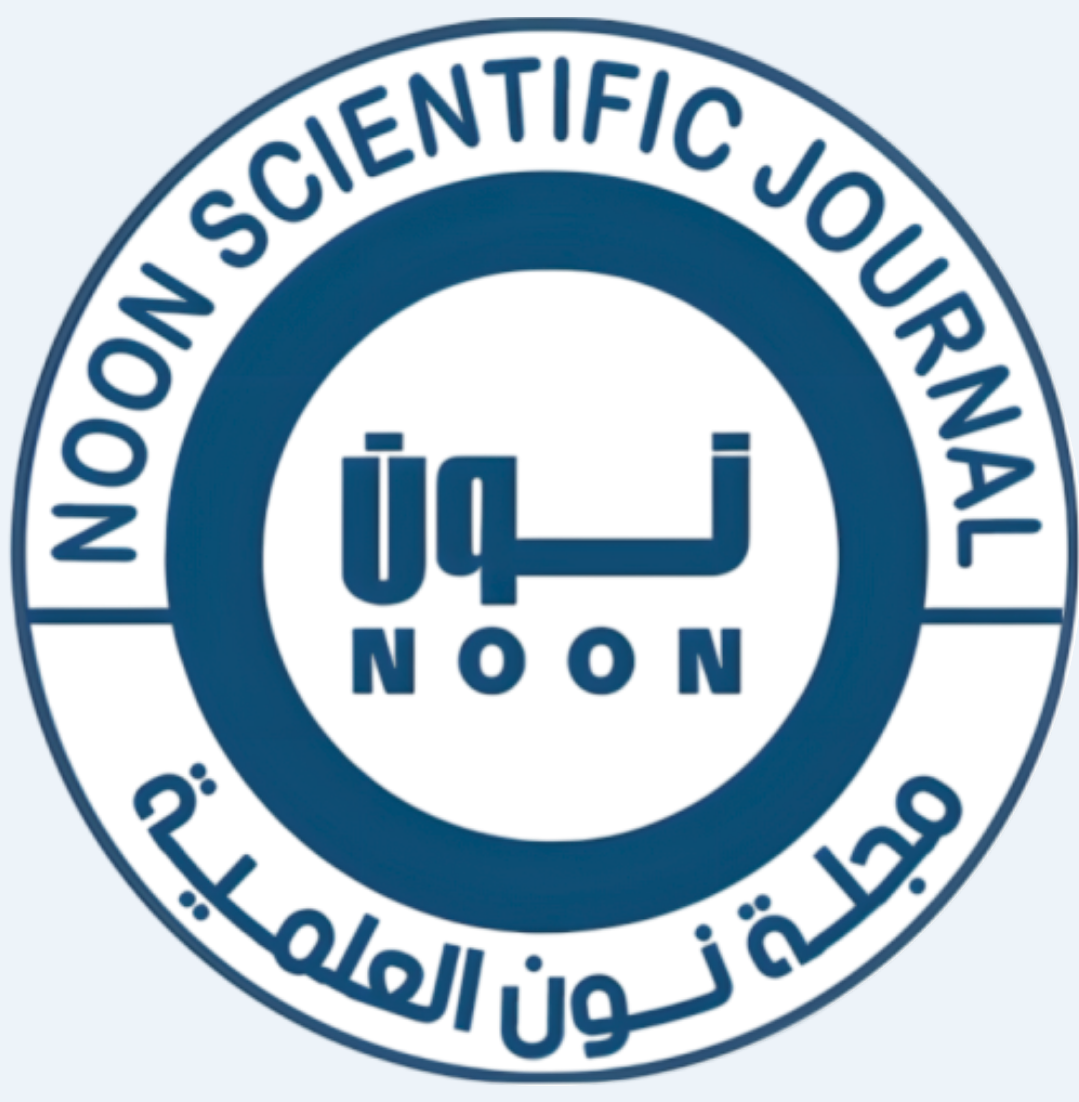Home \ Archives\vol 1, No 1, 2025\Articles
REMOVAL OF SOME CONTAMINANTS FROM PRE-COAGULATED SEMI-AEROBIC LEACHATE USING MEMBRANE FILTER
- Hamidi Abdul Aziz, Abdelnaser Omran & And Tan Kok Lee (Authors)
- University Sains Malaysia,Bright Star University, Brega city, Libya
Volume (1), Issue (1) , June 2025

Published: 06/30/2025
Keywords: Membrane filtration, Leachate, Poly-propylene, Nylon, Resin
Abstract: Membrane filtration process for water treatment has been well established. However, its application on leachate effluent treatment after coagulation process is quite limited. The present paper investigated the suitability of the coagulation process on leachate effluent treatment generated from the Pulau Burung sanitary landfill site. Three types of membrane were used in this study, namely, nylon, resin and poly-propylene (PP). The pore sizes of membranes were 1µm and 5 µm. The effects of different filtration rates on leachate treatment were studied. The parameters studied were chemical oxygen demand (COD), colour, suspended solids (SS), and ammoniacal nitrogen (NH4N). Poly aluminium chloride was used as a coagulant in the coagulation and flocculation processes. Results indicate that PP membrane with pore size 1µm gave the best performance in reducing all the parameters, whereas the nylon membrane gave the poorest results. The filtration rate of 100mL/min exhibited the highest removal efficiency. PP membrane with pore size of 1µm at a filtration rate of 100mL/min is the most effective membrane to remove COD, colour, SS and NH4N.
References
Omran, A. Mahmood, A., & Aziz, H.A. (2007.) The current practice of solid waste management in Malaysia and its disposal. Environmental Engineering & Management Journal, 6, 295-300. DOI: 10.30638/eemj.2007.035 Omran, A., El-Amrouni A.O., Suliman, L.K., Pakir, A.H., Ramli, M., & Aziz, H.A. (2009). Solid waste management practices in Penang State: A review of current practices and the way forward. Environmental Engineering & Management Journal, 8(1): 97-106. doi.org/10.30638/eemj.2009.014 Agamuthu, P. (2001). Solid Waste: Principles and management with Malaysian case studies, PhD Thesis, University of Malaya Press, Kuala Lumpur, Malaysia. Omran, A., & Gavrilescu, M. (2008). Perspective on municipal solid waste in Vietnam. Environmental Engineering & Management Journal, 7(4): 59–67. Doi: 10.30638/eemj.2008.070 Omran, A., Altawati, M., & Davis, G. (2018). Identifying municipal solid waste management opportunities in Al-Bayda City, Libya, Environment Development and Sustainability, 20(4): DOI: 10.1007/s10668-017-9955-3 Amokrane, A., Comel, C., & Veron, J. (1997). Landfill leachates pretreatment by coagulation flocculation, Water Resources, 31(11): 2775-2782. Aziz, H., Omran, A., & Zakaria, W.R. (2010a). H2O2 Oxidation of pre-coagulated semi aerobic leachate. International Journal of Environmental Research, 4(2): 209-216. 10.22059/IJER.2010.11 Aziz, H.A., Alias, S., Assari, F., & Adlan, M.N. (2004). The use of alum, ferric chloride and ferrous sulphate as coagulants in removing suspended solids, colour and COD from semi-aerobic landfill leachate at controlled pH. Waste Management & Research, 25: 556 – 565. DOI: 10.1177/0734242X07079876 Aziz, H.A., Noor, M.M., & Omran, A. (2010b). Chemical oxidation of treated textile effluent by hydrogen peroxide and Fenton process. Environmental Engineering and Management Journal, 9 (3): 351-360. DOI: 10.30638/eemj.2010.049 Aziz, H.A., Yusoff, M.S., Adlan M.N., Adnan, N.H., & Alias, S. (2007). Physico-chemical removal of iron from semi-aerobic landfill leachate by limestone filter. Waste Management, 24: 353 – 358. doi: 10.1016/j.wasman.2003.10.006.Barbusinski, K., & Pieczykolan, B. (2010). COD removal from landfill leachate using fenton oxidation and coagulation. Architecture Civil Engineering Environment, 3(4): 93-100. Coro, E., & Laha, S. (2001). Colour removal in groundwater through the enhanced softening process. Water Research, 35: 1851–1854. DOI: 10.1016/S0043-1354(00)00440-1 Ghafari, S., Aziz, H.A., & Isa, M.H. (2005). Coagulation process for semi-aerobic leachate treatment using poly-aluminum chloride. Paper presented at the AEESEAP International Conference on Engineering a Better Environment for Mankind. Kuala Lumpur, Malaysia. Ghafari, S., Aziz, H.A., Isa, M.H., & Zinatizadeh, A.A. (2009). Application of response surface methodology (RSM) to optimize coagulation-flocculation treatment of leachate using poly-aluminum chloride (PAC) and alum. Journal of Hazard Materials, 163: 650-656. doi: 10.1016/j.jhazmat.2008.07.090. Hwang, K., Chan, C., & Tung, K. (2009). Effect of backwash on the performance of submerged membrane filtration. Journal of Membrane Science, 330, 349–356. Kang, K.K., Shin, H.S., & Park, H. (2002). Characterization of humic substances present in landfill leachates with different landfill ages and its implications. Water Research, 36, 4023 – 4032. Kreith, F. (1994). Handbook of Solid Waste Management, New York, McGraw-Hill, Inc. Md Isa, A.A., Hassan, A., & Shafawi, A. (2004). Membrane application for separating amine from effluent water. Intentional regional symposium on membrane science and technology. Johor Bharu, Malaysia. Prakash, N.B., Sockan, V., & Jayakaran, P. (2014). Wastewater treatment by coagulation and flocculation. International journal of Engineering Sciences and Innovation Technology, 3(2): 479-484. Vogel, F., Harf, J., Hug A., & Von Rohr, P.R. (2000). The mean oxidation number of carbon (MOC) – a useful concept for describing oxidation processes. Water Research, 34, 2689–2702. DOI: 10.1016/S0043-1354(00)00029-4 Wang, Z.P., Zhang, Z., Lin, Y.J., Deng, N.S., Toa, T., & Zhua, K. (2002). Landfill leachate treatment by a coagulation-photooxidation process, Journal of Hazard Materials, 95, 153-159. DOI: 10.1016/s0304-3894(02)00116-4 Williams, P. T. (2005). Waste Treatment and Disposal, London: John Wiley & Sons Ltd. Zouboulis, A.l., Chai, X.L., & Katsoyiannis, l.A. (2004). The application of bioflocculant for the removal of humic acids from stabilized landfill leachate. Journal of Environmental Management, 70, 35-41. DOI: 10.1016/j.jenvman.2003.10.003
